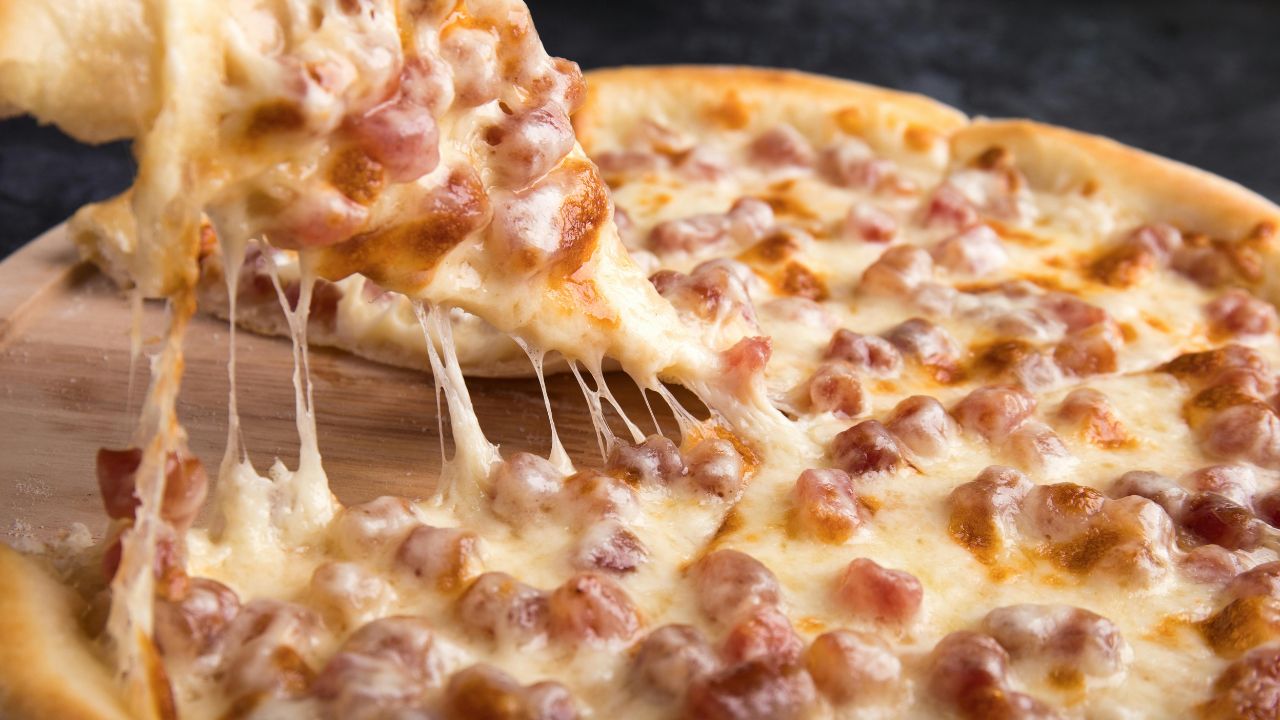Entering an Italian pizzeria or sub-store has a particular enchanted feeling. The smell of freshly prepared dough, the tang of boiling marinara, and the sight of golden subs stacked with vegetables and cured meats wake the senses. Italian Pizza & Subs celebrate customs, workmanship, and the delight of sharing delicious food—not only meals. From its origins in Italy to its contemporary reinventions, this book explores all that makes Italian-American cuisine ageless, whether your taste is for a crispy Neapolitan pizza or a substantial meatball sub.
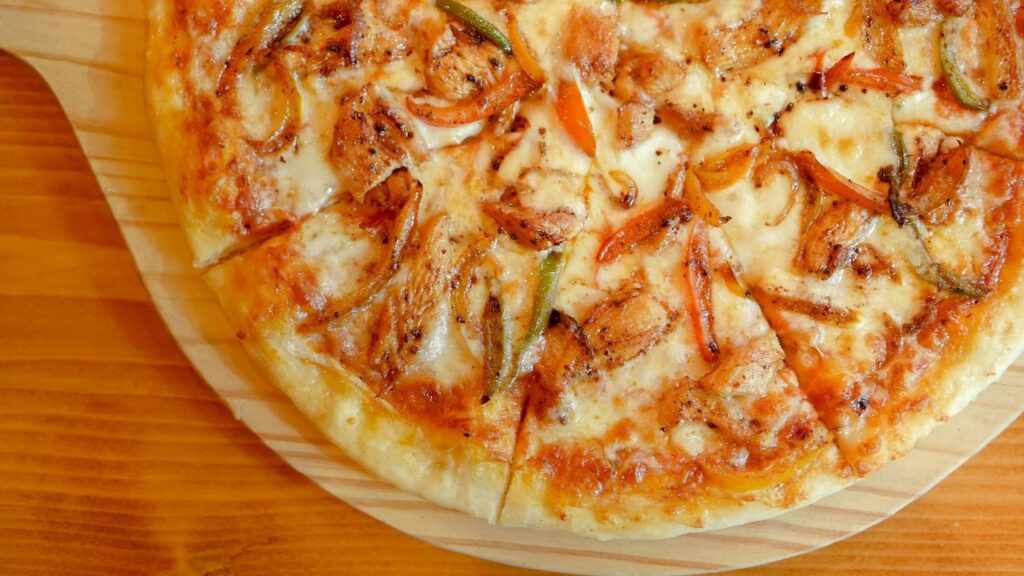
The Heart of Italian Pizza: Tradition Meets Innovation
Italian pizza begins with simplicity. Born in Naples, real Neapolitan pizza only calls for San Marzano tomatoes, fresh mozzarella, basil, and a wood-fired crust. The trick is the dough; baked at 900°F for that distinctive charred, chewy crust and fermented for 24+ hours to develop taste. But the pizzers of today are becoming artistic. New twists come from Detroit-style pizza with its thick, crispy edges and Roman “pizza al taglio,” by the slice. Even vegan choices are winning over conventionalists, such as mozzarella made on cashew. But nothing compares for purists to the classics: Margherita, Quattro Formaggi, or Diavola with fiery salami.
Italian Subs: Layers of Flavor in Every Bite
One masterwork of balance is the Italian sub. Starting in East Coast delis, it combines cured meats such prosciutto, salami, and capicola with provolone, crisp lettuce, tomatoes, onions, and either hot or sweet peppers. Key is the bread; an olive oil and vinegar coated crusty Italian bun. There are lots of regional differences: While New Jersey’s “Italian hot sub” loads on spicy giardiniera, the “hoagie” in Philly adds oregano and mayo. For vegetarians, modern stores are even introducing worldwide variations with kimchi-topped sandwiches or plant-based “meats.” Whether you call it a sub, hoagie, or grinder, this is a portable feast.
What Makes Italian Pizza & Subs Authentic?
Real Italian Pizza & Subs rely on time-tested methods and premium ingredients. For Neapolitan variations on pizza, “00” flour and wood-fired ovens are non-negotiable. Subs want excellent imported meats and cheeses together with fresh-baked buns. Family-run stores like Boston’s Monica’s Mercato or New York’s L’Industrie Pizzeria follow generations-old recipes exactly. Authentic, however, does not imply mired in the past. Like employing sourdough starters or locally grown vegetables, many pizzerias today mix innovation with heritage. The objective is… Honour legacy while maintaining innovative flavours.
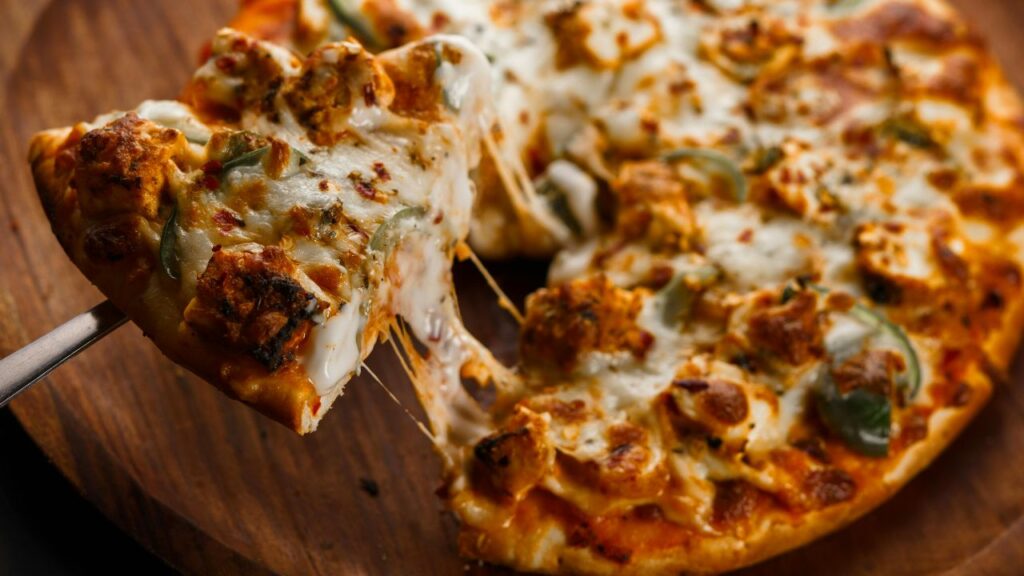
The Rise of Artisanal Ingredients in Italian Cuisine
Italian pizza and subs today are using handcrafted ingredients. Pizzerias top pies with burrata, truffle oil or spicy Calabrian sausage called nduja. Daily subs are getting aged balsamic glazes, house-made mozzarella, or focaccia baked daily. Even the modest tomato sauce is undergoing changes—slow-cooked with heirloom tomatoes or blended with fresh herbs. Small-scale producers and farmers’ markets let chefs highlight seasonal, sustainable tastes, hence driving this change. Foodies will find Italian-American cuisine to be in a golden period.
Healthier Takes on Italian Pizza & Subs
Not all Italian cuisine consists of cheese and carbohydrates. Many pizzerias these days have whole-wheat substitutes, gluten-free dough, or cauliflower crusts. Without compromising taste, toppings include roasted vegetables, grilled chicken and rocket add nutrients. Turkey pepperoni, low-fat cheese, or avocado spread will “lighten up” subs. Even traditional Margherita pizzas have lycopene-rich tomatoes and fresh basil, which provide vitamins. Important is balance. Match a slice with a side salad or choose a veggie-loaded sub on multigrain toast.
Customizing Your Italian Pizza & Sub Experience
Making Italian Pizza & Subs your own adds half of its enjoyment value. Create your own pizzas using build-your-own toppings including hot honey, caramelised onions, or goats cheese. Subs can be made without onions, with more meat or double cheese. For groups, “sub kits” featuring do-it-yourself ingredients are quite popular at events. Dietary needs? Not bothered at all. Vegan cheese, gluten-free buns, and nut-free pesto guarantees everyone can participate in the feast.
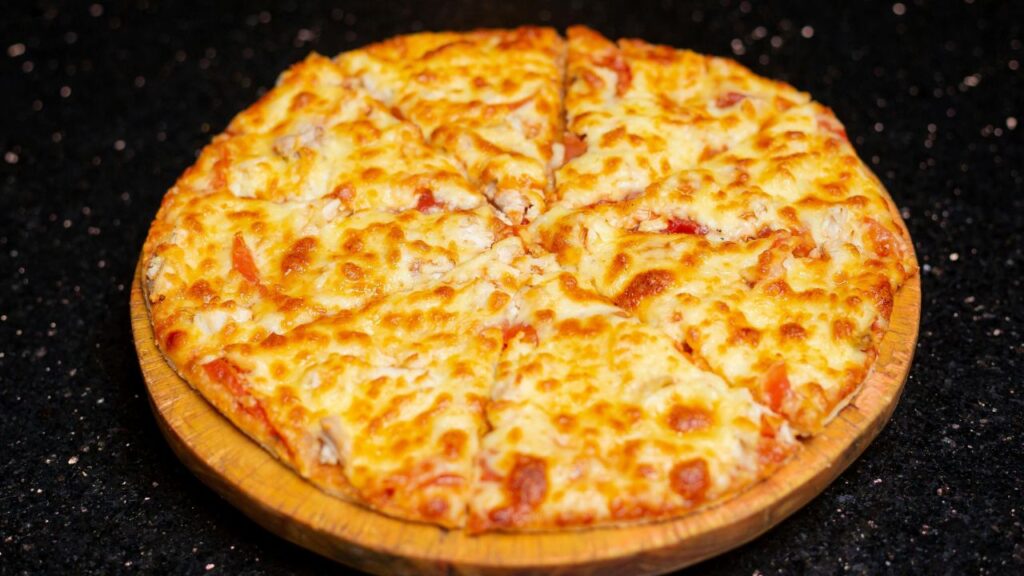
Pairing Italian Pizza & Subs with Drinks and Sides
Excellent food calls for excellent combinations. To cut through strong cheese for pizza, try a Chianti or light ale. Subs go great with lemon-infested clean lagers or sparkling water. Not overlook sides: Round up the dinner with garlic knots, arancini—fried risotto balls—or a caprese salad. Happy endings? Tiramisu or cannoli help to preserve the Italian attitude.
Where to Find the Best Italian Pizza & Subs
Italian treasures abound from contemporary pizzerias to traditional delis. In NYC, the Italian Specialities like Di Fara Pizza and Faicco are legends. D’Amato’s Bakery excels in the classic sub; Chicago’s Pequod’s Pizza offers caramelized-crust deep dish. For a modern touch, Miami’s Andiamo! stuff subs include flavours inspired by Cuba, while LA’s Pizzana provides sourdough pies. Avoid sleeping on local sites; tiny communities are often home to hidden treasures.
Italian Pizza & Subs vs. Regular Pizza/Subs
| Feature | Italian Pizza & Subs | Regular Pizza/Subs | Why It Matters |
| Core Ingredients | San Marzano tomatoes, “00” flour, prosciutto, fresh mozzarella, EVOO. | Generic tomato sauce, processed meats, all-purpose flour. | Authentic flavors that mirror Italy’s culinary heritage. |
| Preparation | Hand-stretched dough, wood-fired ovens, cured meats sliced to order. | Pre-made dough, conveyor ovens, pre-packaged deli meats. | Enhances texture (chewy crust, crispy edges) and freshness. |
| Regional Roots | Recipes tied to Italian regions (Neapolitan pizza, Sicilian subs). | Standardized recipes with no regional identity. | Offers a culinary journey through Italy’s diverse food culture. |
| Health & Dietary Options | Cauliflower crusts, gluten-free rolls, plant-based meats, veggie-heavy. | Limited gluten-free/vegan choices; heavy on processed items. | Caters to modern diets without sacrificing flavor or tradition. |
| Customization | Build-your-own toppings: nduja, burrata, truffle oil, caramelized onions. | Fixed combos (pepperoni, basic veggies, standard sauces). | Lets diners craft personalized meals for unique tastes. |
| Sustainability | Locally sourced produce, compostable packaging, zero-waste initiatives. | Reliance on bulk ingredients, single-use plastics. | Reduces environmental impact and supports eco-conscious dining. |
| Cultural Experience | Family-run shops with generational recipes; storytelling through food. | Fast-food chains focused on speed over tradition. | Connects diners to Italy’s rich history and artisanal craftsmanship. |
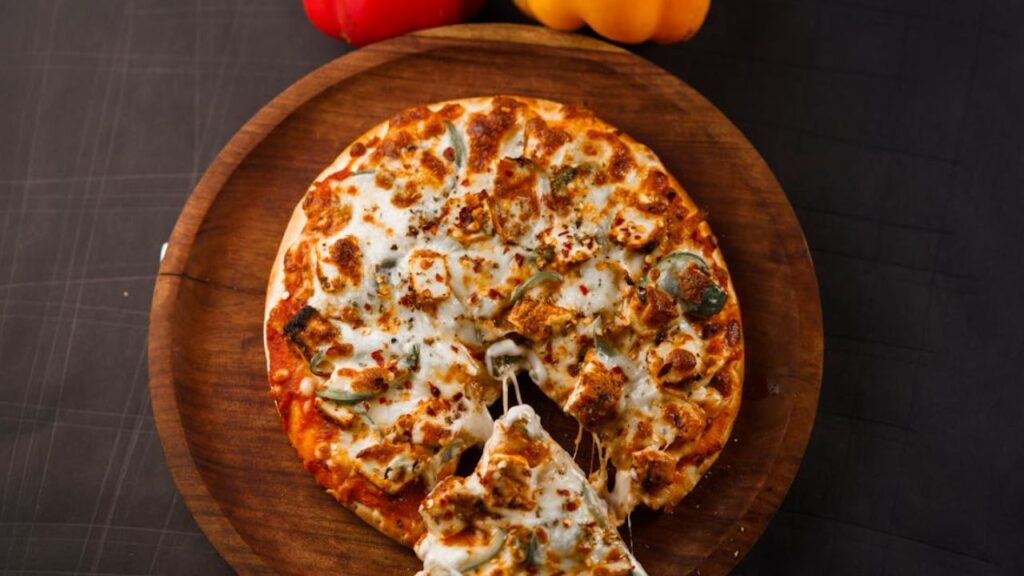
The Future of Italian Pizza & Subs
future is wonderful and delicious. Expect more plant-based choices (think of cashew ricotta or jackfruit “meatballs,” ghost kitchens slinging late-night slices, and tech like app-based reward programs. Trends driven by sustainability will be pizzerias using zero-waste sandwiches wrapped in compostable paper and solar-powered ovens. One thing won’t change: people’s respect for great, delicious food that connects them.
FAQ’s
1. What’s the difference between Neapolitan and New York pizza?
Neapolitan is thin, chewy and wood-fired; New York-style is more massive, foldable and baked in gas ovens.
2. Can I make Italian subs ahead of time?
Exactly! Put subs without wet components—tomatoes, dressing—together and wrap in foil. Add vegetables before you present them.
3. Are Italian pizzas gluten-free?
Ask; many pizzerias now provide gluten-free crusts.
4. What’s the best cheese for Italian subs?
Although sharp Parmesan or creamy burrata work too, classics are Provolone or mozzarella.
5. How do I reheat pizza without a soggy crust?
To crisp the bottom, sear over medium heat for two to three minutes.
